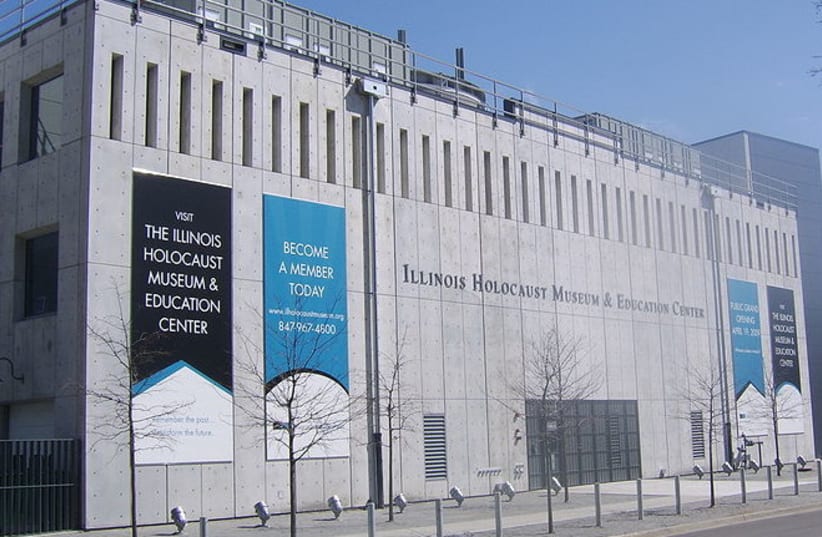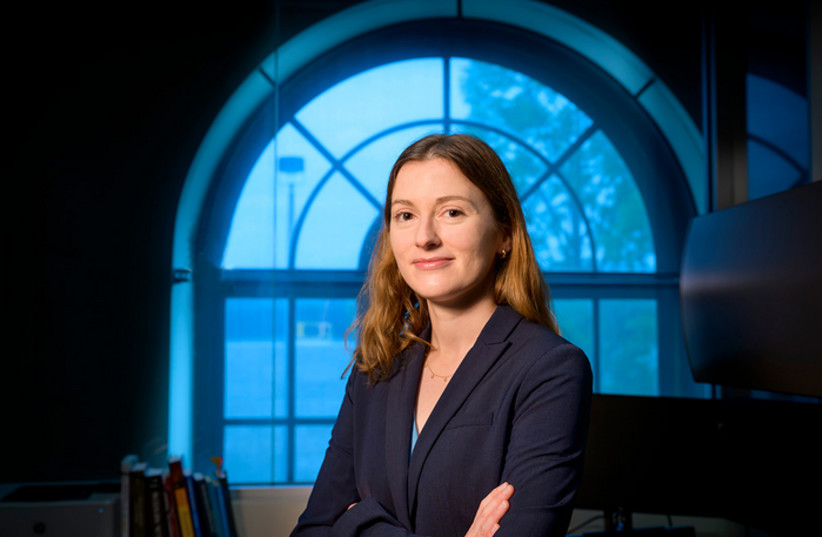Visits to Yad Vashem (Holocaust Martyrs’ and Heroes’ Remembrance Authority) in Jerusalem typically induce sadness, pain, tears and shock among those who go through its exhibits. Yet, it is hard to determine whether such “dark tourism” experiences change visitors for the better.
Sites and museums associated with violence, tragedy and war draw millions of people from around the world each year. New research suggests that exploring one of the darkest chapters in human history, the Holocaust, may inspire tourists to act on human rights and social change.
Visitors to the Illinois Holocaust Museum and Education Center in Skokie, north of Chicago, were interviewed about the emotions and activities sparked by their visit. They said the experience empowered and motivated them to address injustice in their lives or communities, according to a study by faculty members at the University of Illinois Urbana-Champaign and the museum’s staff.
Welcoming 130,000 visitors each year, the museum is the third largest of its kind in the world and includes information on pre-World War II Europe and the rise of Nazism. There are 15 others in the US, including the United States Holocaust Memorial Museum in Washington, DC.
The museum’s mission, according to its website, includes instilling hope in its visitors so that they can make the world a better place by confronting injustice and defending human rights. Among the Illinois museum’s exhibits are interactive holograms of Holocaust survivors telling their stories and displays of more than 20,000 artifacts donated by people in the area.
Prof. William Stewart and his team wrote the study, which was published in the Journal of Travel Research.
“This museum is designed – from the moment visitors enter until the end – to trigger self-reflection, to guide the traveler so they can digest the emotions associated with the exhibits,” said study first author Prof. Joelle Soulard.
“This museum is designed – from the moment visitors enter until the end – to trigger self-reflection, to guide the traveler so they can digest the emotions associated with the exhibits”
Prof. Joelle Soulard
The museum itself is emblematic of social mobilization. It was formed by Holocaust survivors in the Chicago area in response to a neo-Nazi group’s push for a march in Skokie in the late 1970s. These survivors founded the Holocaust Memorial Foundation to educate the public about the corrosive effects of hate.
The effects seen in the study
The museum itself is emblematic of social mobilization, formed by Holocaust survivors in the Chicago area in response to a neo-Nazi group’s push for a march in Skokie in the late 1970s. These survivors founded the Holocaust Memorial Foundation to educate the public about the corrosive effects of hate.
The museum sent a recruitment email and survey to nearly 1,000 adults who visited in spring 2021. Those who responded were asked if they had viewed five specific collections, including the permanent Holocaust exhibit and the temporary exhibits on women’s rights and apartheid. They also provided and discussed a photo – such as shots of relatives, nature or artwork – that represented their thoughts and emotions while touring the collections.
Soulard said she had expected to find that participants were changed by their visits, but she was surprised by the magnitude of these effects.
“I was expecting some change – but not to that level,” Soulard said. “They had powerful experiences and undertook meaningful activities. It was heartwarming to see the way that people connected to the survivors’ testimony because of similar experiences with hatred.”
Visitors said negative emotions such as a sense of pain and injustice prompted by the exhibits “can lead to collective positive emotions, like being included in a community that understands each other because of this shared experience with… hatred,” the researchers wrote.
A few people noted troubling parallels between the social and political climates in pre-World War II Europe and the US currently, such as increases in antisemitic rhetoric, racist propaganda and the deaths of minorities, including George Floyd. The dearth of coverage of the Holocaust and genocide in schools’ curricula leaves “generations of adults vulnerable to political misinformation,” they wrote.

